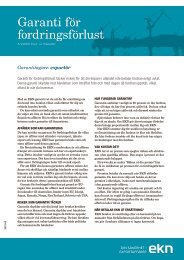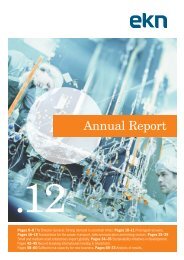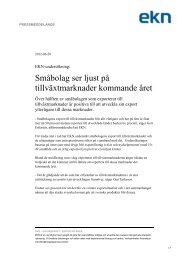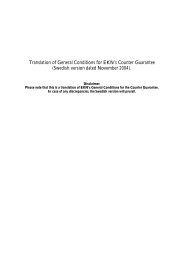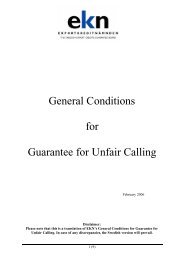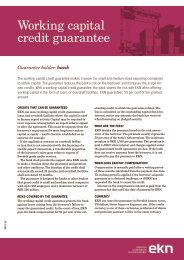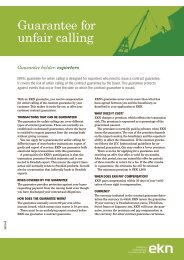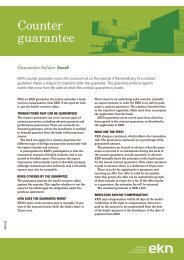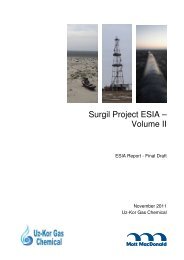Surgil ESIA Report - Volume III - EKN
Surgil ESIA Report - Volume III - EKN
Surgil ESIA Report - Volume III - EKN
You also want an ePaper? Increase the reach of your titles
YUMPU automatically turns print PDFs into web optimized ePapers that Google loves.
“O’ZLITINEFTGAZ” PC<br />
PFS “<strong>Surgil</strong> field complex costruction with valuable<br />
components retrieval”<br />
Sandstones are greenish-grey, rare dark grey, aleuric, mainly fine-grained, quartzfeldspar,<br />
glauconitic, micaceous, with concretions of phosphorite, with rare large fragments<br />
of the charred plant residues. Sandstones possess good filtration-capacitance properties -<br />
values of porosity reach 28%, and permeability 90-1950m/darcy.<br />
Sands are glauconitic, quartz, micaceous. Siltstones are quartz-glauconitic,<br />
micaceous, with concretion of the iron and siderite.<br />
Clays are dense, dark grey, horizontally-microlayered, with accumulation of<br />
phytodetritus, fauna and contractions of phosphorite.<br />
Thickness of the deposits is 160m-179m.<br />
Turon - К 2 t is presented by layers of terrigenous rocks of sea genesis. Silt-clay rocks<br />
are prevailing in the bottom part of the cross-section and are connected with transgressive<br />
cycle of sediment accumulation, in the top there is increases the content of sand and<br />
sandstones. Lithologically it is dark-greenish-grey sands and sandstones, weak slightly<br />
consolidated, micaceous with calcinated-clay cement. Siltstones and clays are greenishgrey,<br />
fat by touch, contain the charred plant residues, mica, quartz.<br />
There is characteristic for the turon deposits the large content of glauconite, and in<br />
the basis of cross-section there are meet the concretion of phosphorite. Thickness of the<br />
turon deposits is 174-175m.<br />
Senon - К 2 sn. The deposits of senon uplayer are widely developed in Aral-Ustyurt<br />
region. To bottom boundary of senon there are dated to intervals in sediment accumulation,<br />
expressed in absence of cognac layer. To upper boundary there are also dated to washouts<br />
and intervals and there is registered reduction of thickness or absence of the deposits of the<br />
Danish layer.<br />
The deposits of campan and Maastricht layers are bedded conformability on the rocks<br />
of santon layer and are presented mainly by light grey, greenish-grey, dense, massive marls<br />
with interlayers of chalklike limestone and marls with pyrite and fragments of pelesypod,<br />
belemnites, foraminifer. Formation of the senon marls occurred in sea conditions under<br />
rather stable sedimentation process.<br />
Thickness of the senon deposits is 365-368m.<br />
Danish layer - K 2 d. The deposits of the Danish layer are bedded nonconformity on<br />
the Maastricht deposits. Their thickness is 12-15m. litholigically they are presented by<br />
greenish-grey, marly, sandy limestone with fragments of brachiopods, pearlweeds and<br />
foraminifers. There are plant residues on which the pseudomorphoses of pyrite are<br />
developed.<br />
Kainozoic group - Kz<br />
Palaeogene system - Р<br />
The palaeogene deposits with washout are bedded on the deposits of chalk and are<br />
presented by three sections.<br />
<strong>Volume</strong> 2. Part 1. EIS Project for <strong>Surgil</strong> field construction<br />
23



